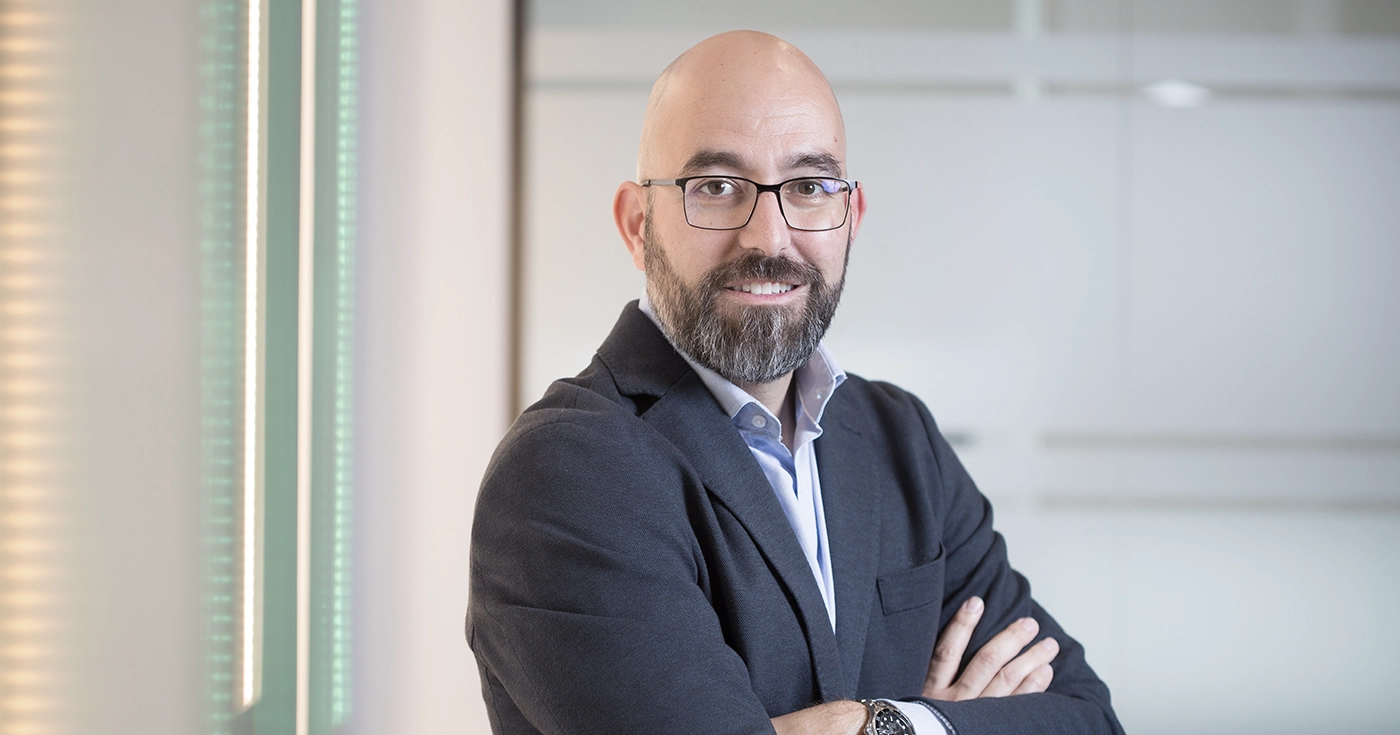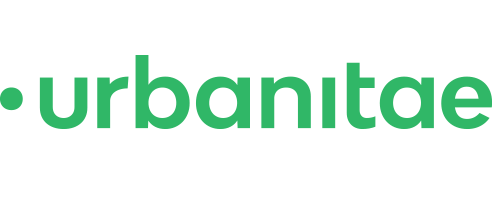
“There is no real estate bubble, but prices cannot rise forever”
Last Updated on 25 September 2025 by Equipo Urbanitae
Urbanitae faces a decisive year-end. The real estate crowdfunding platform approaches the final months of 2025 with intense project activity and the challenge of consolidating its international expansion. Its CEO, Diego Bestard, reflects in this interview on the challenges of a market with record-high prices, the evolution of returns, and the role that new products and markets will play for the company.
The final stretch of the year is key for Urbanitae. What can investors expect for the remainder of 2025?
The last quarter of the year usually concentrates more than half of the financed volume. In September, we already launched several projects and before the end of the month we will add up to seven more operations. October, November, and December will follow the same pace. This doesn’t mean we rush the timelines: urgency is dictated by the developer, not us. We never skimp on analysis, we always conduct due diligence with external firms, and the investment committee is increasingly demanding. We have studied three times more operations than in 2024 but approved a similar number. That shows we are prioritizing quality over quantity.
Some investors complain that projects are being published too quickly. How do you manage that?
It’s true that on some occasions we have published operations on consecutive days, but this is due to the developer’s need to close financing. It is not our intention to artificially accelerate the process. We always give at least 48 hours’ notice and usually leave several days for investors to study the operation. In addition, we organize webinars, produce videos, and publish detailed information so they can analyze each project carefully. Our commitment is that investors always have enough time and resources to make their decision.
“We haven’t lost capital in any project, even in a historic scenario”
How would you describe the current situation of the Spanish real estate market?
We still see a clear imbalance: high demand and low supply. That means whatever comes to market sells, even if prices are increasingly high. This is pushing part of the local demand out of areas with strong international pressure. Are we in a bubble? I don’t think so. The sector is not overleveraged, and construction is still below demand. Prices cannot rise forever, but I also don’t foresee a collapse like in 2008. The most likely outcome is stabilization, with inflation adjusting real values over the coming years.
With such strong investor appetite, are returns going down?
In debt, yes, there could be downward pressure. Today we offer between 10% and 12%, but it’s likely we’ll see more operations around 8%. Even so, these are very attractive rates compared to the European average. In equity, the logic is different: there we take on the industrial risk of developing, and the target return is between 15% and 20% annualized. Below those levels, it wouldn’t make sense to invest. If the market didn’t allow us to reach them, we would stop doing equity and look for other alternatives.
Some recent projects have delivered returns below expectations. What happened?
This is due to extraordinary factors: the war in Ukraine, rising material costs, covid-related logistics disruptions, or interest rate hikes. All of this delayed construction and drove up costs. Even so, I want to highlight that we haven’t lost capital in any project. We have had delays and lower profits, but we have always returned the invested money. If the worst-case scenario is breaking even, I think that’s great news. In fact, the average IRR across our returned projects is still 13%. That proves the model works even under adverse circumstances.
“If the worst-case scenario for an investor is to recover their money, may it always be that way”
Urbanitae will be at The District starting September 30. What do you expect from this event?
It’s a natural environment for us: a meeting point between investors and developers. We will take part in several panel discussions on investment, fintech, and innovation in the real estate sector. For Urbanitae, it is an opportunity to strengthen ties with key players and share our vision.
What new developments is Urbanitae preparing internationally and in terms of products?
Italy will be our next market, with a first project we expect to launch shortly. In France, we are also very advanced: we have just appointed a country director and are already analyzing several projects. We are very cautious: we prefer to move slowly, ensuring guarantees, rather than take a false step. At the same time, we are promoting non-residential projects—hotels, coliving, student housing—and continuing to consolidate Urbanitae Academy and Direct Investments, which already have a long runway ahead.

